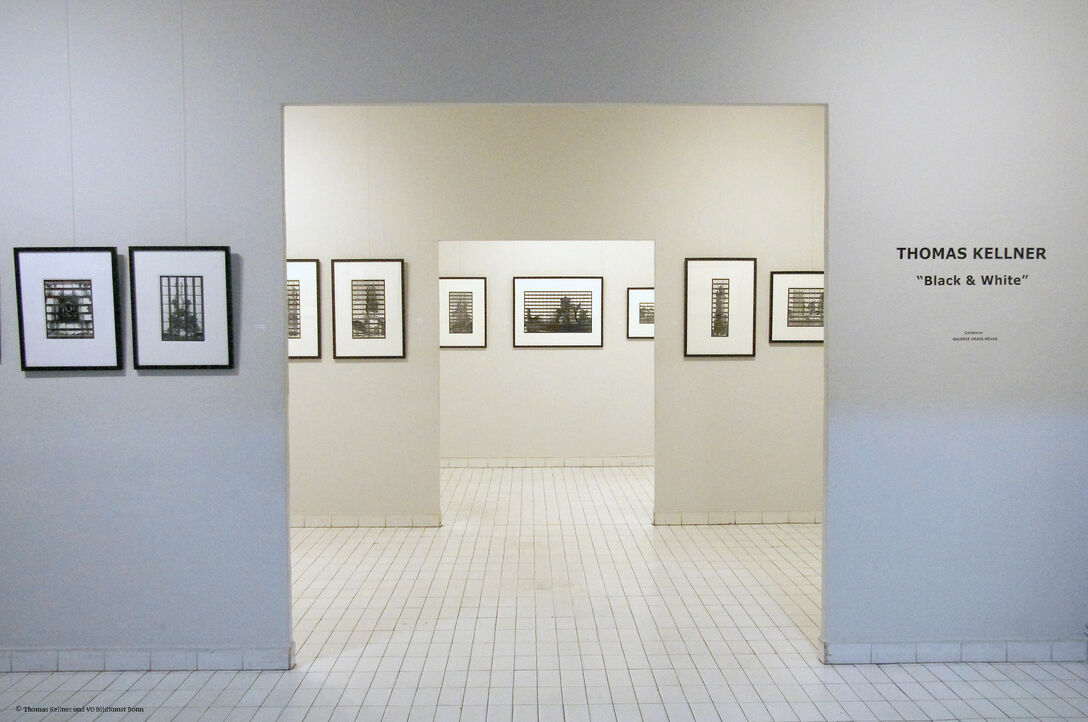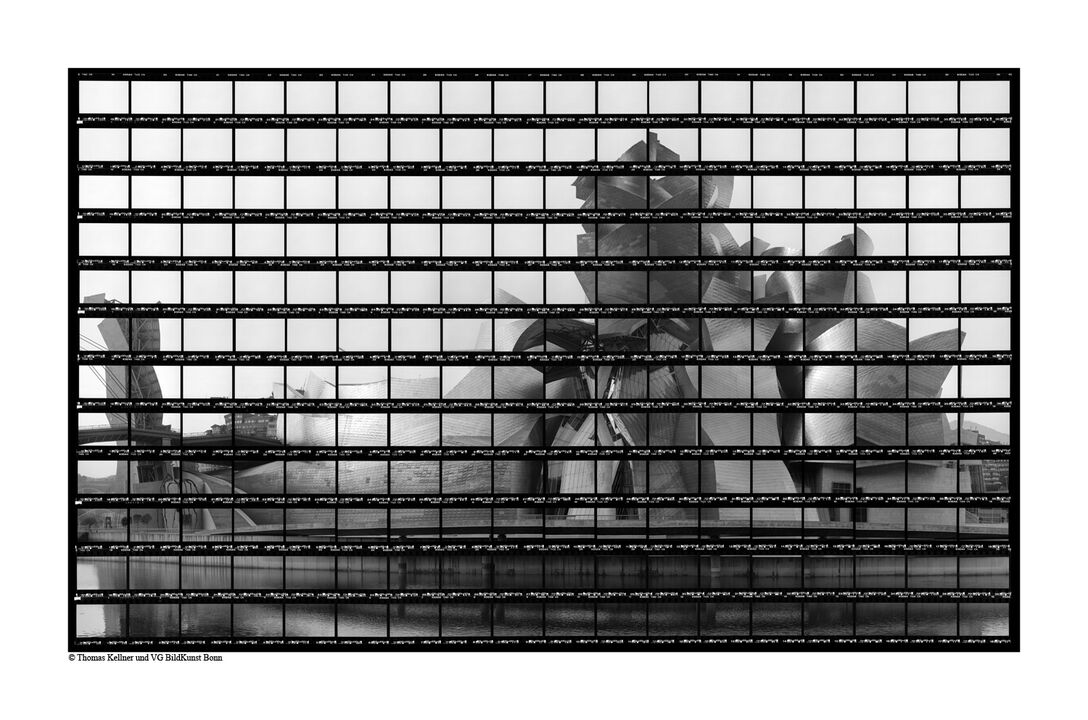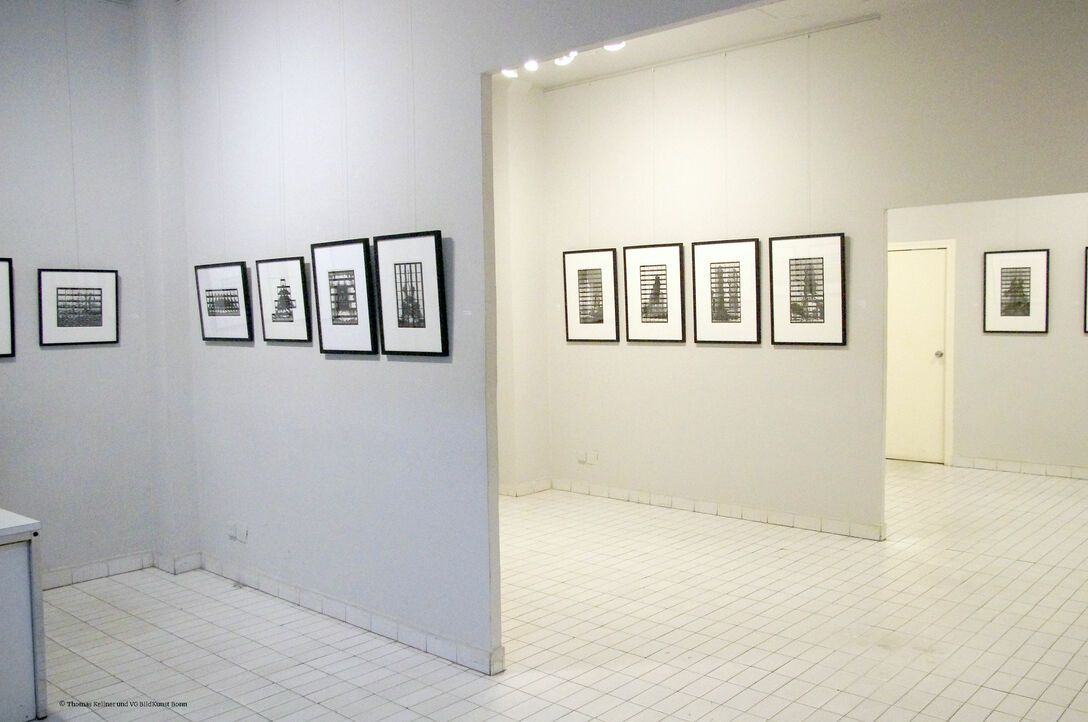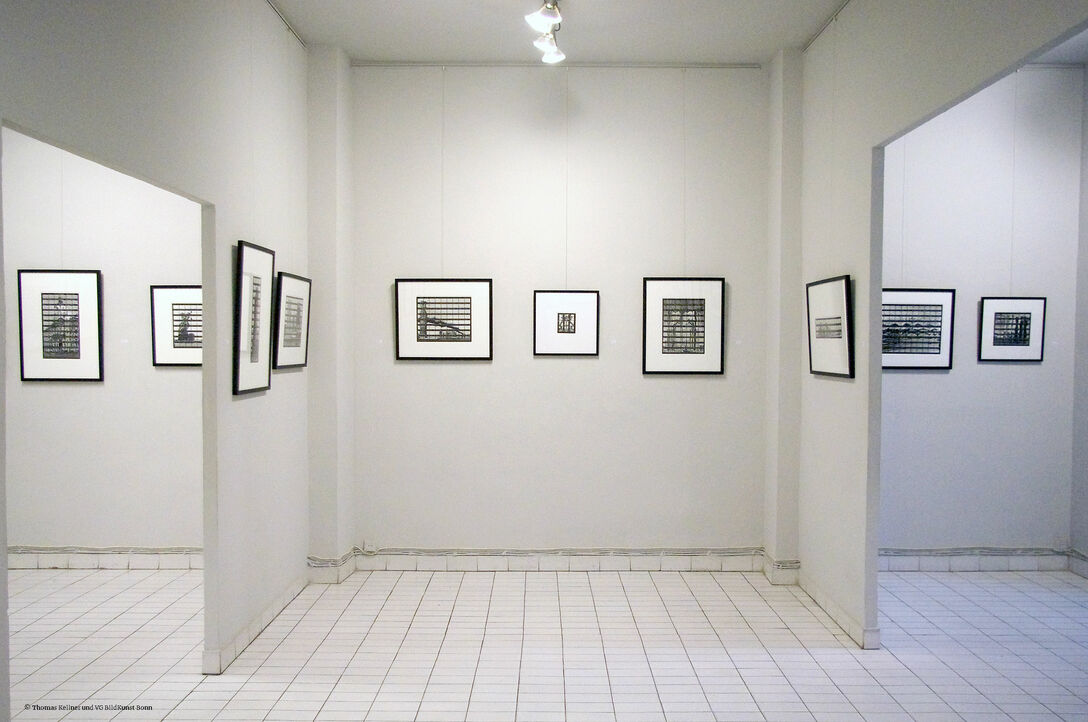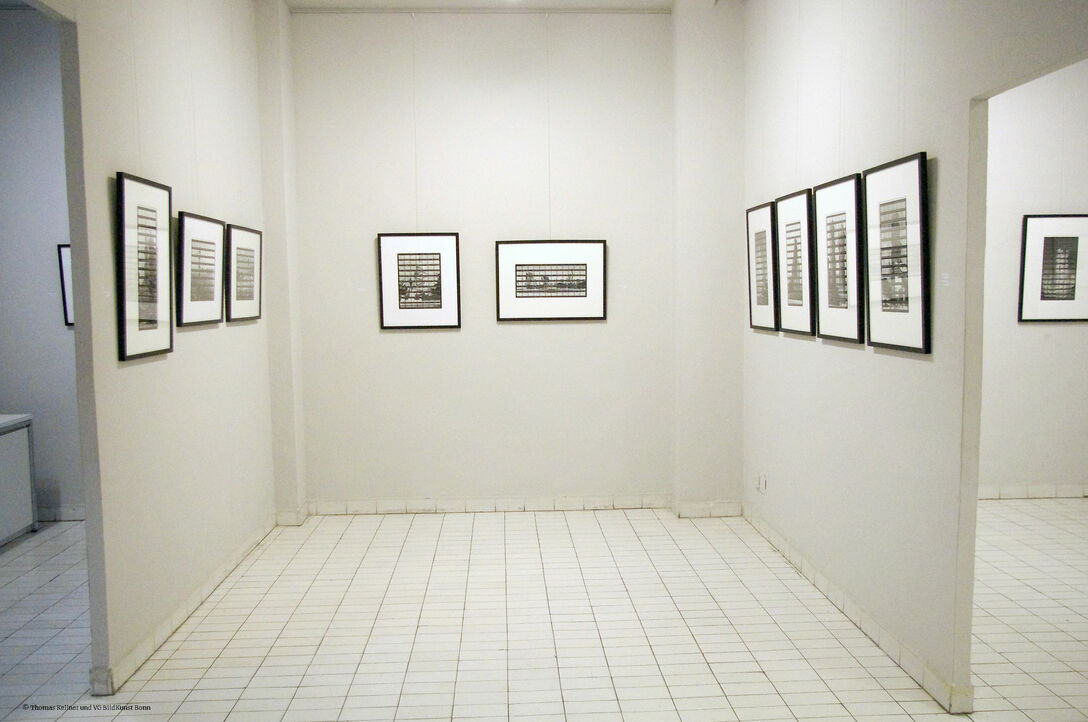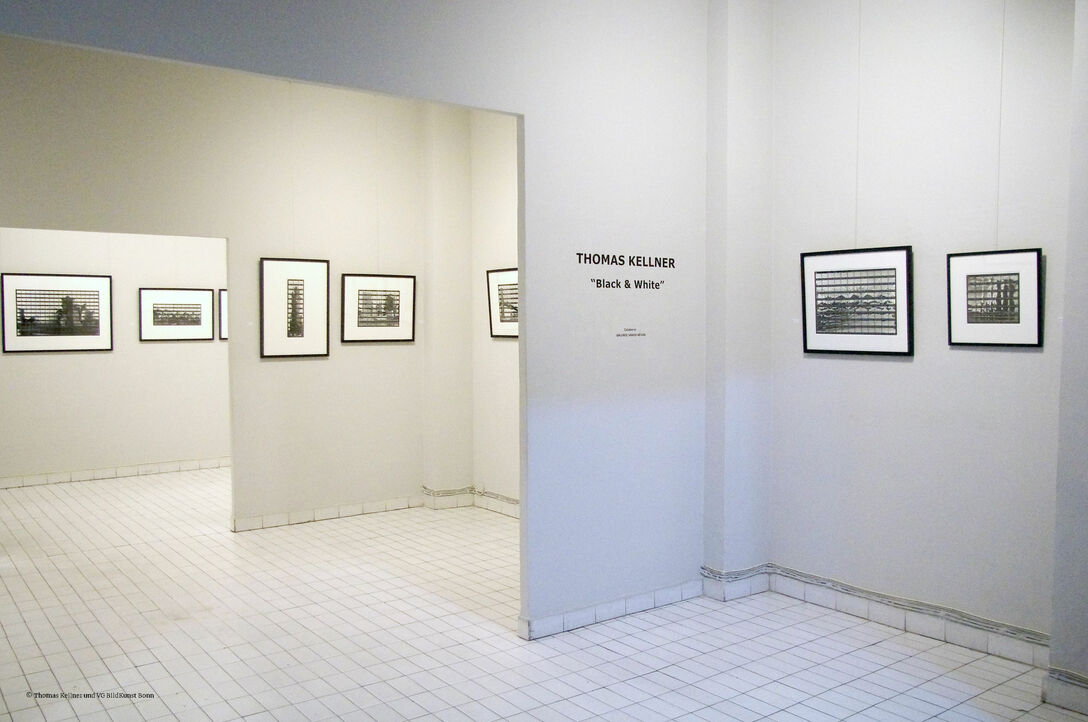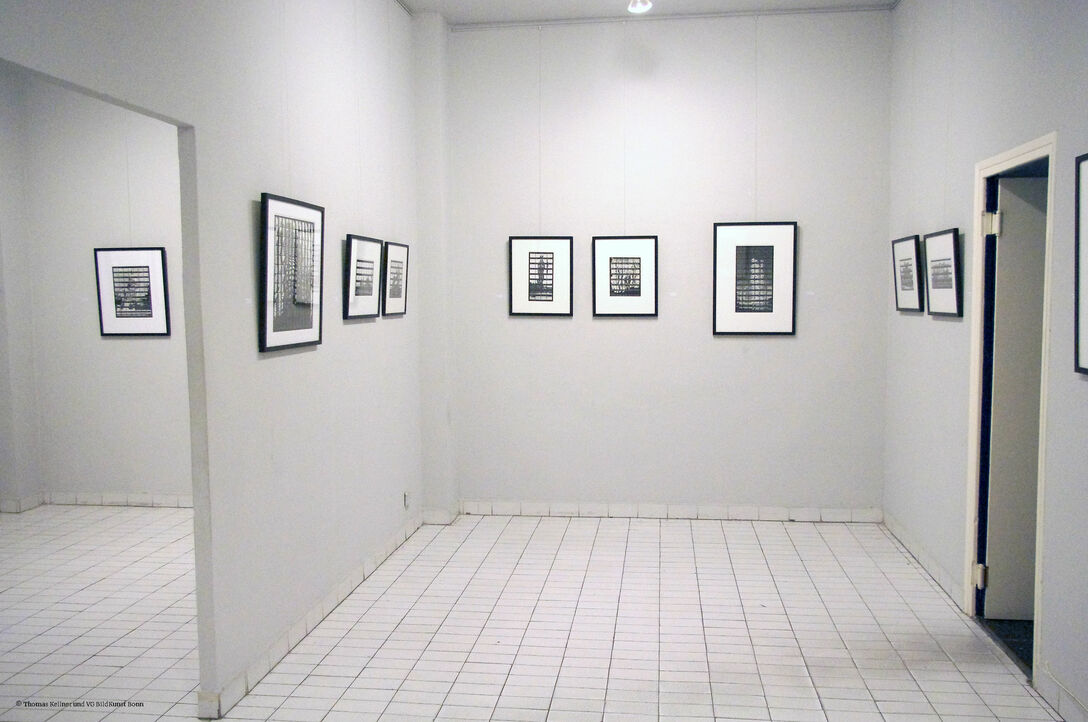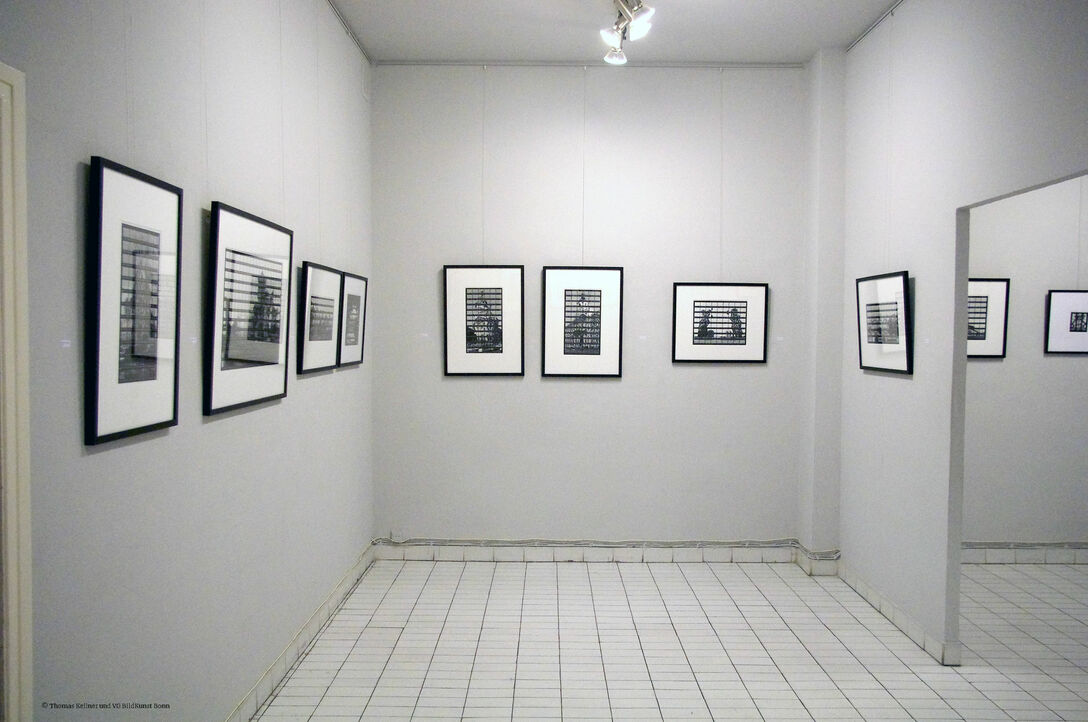Thomas Kellner - Black & White
December 11, 2019 – January 16, 2020
Spectrum Sotos, Zaragoza, Spain
Spectrum Sotos
C/ Concepción Arenal, 19
50.005 Zaragoza
Spain
www.spectrumsotos.es
openinghours:
Monday to Friday,
11:00 a.m. to 1:00 p.m.
4:30 p.m. to 8:30 p.m.
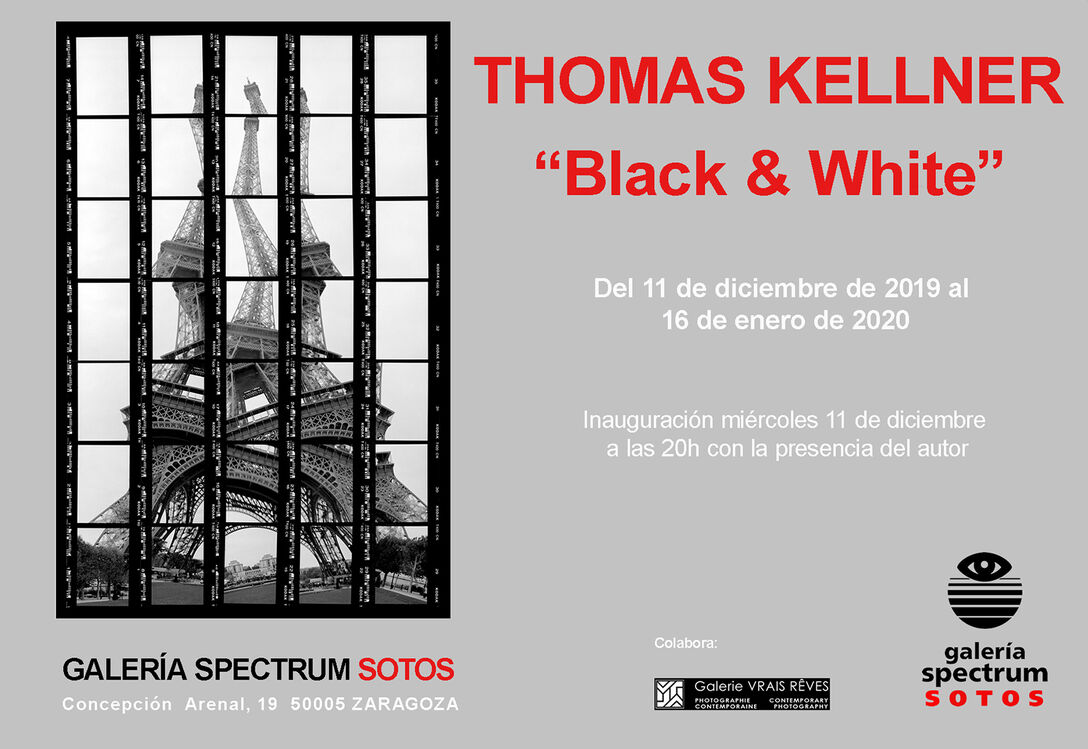
“[Thomas] images can tell us about their subjects that more “realistic” images cannot do.” Wendorf, Richard All shook up. Thomas Kellner Photographs the Boston Athenaeum, 2008, The Boston Athenaeum Boston, USA
Black & White by Thomas Kellner
“Who would have thought that so much wonder could still be created with straight photographs in a time given to digital manipulation?” Alan G. Artner, Chicago Tribune
Since 2016 Thomas Kellner’s new exhibition “Black & White” is succesfully traveling tworld. Silver gelatin tableaux made by Kellner between 1997 and 2005 will be on display. In this exhibition, Kellner recalls his beginnings as an artist and his roots in black-and-white photography using the analog gelatin silver process.
Black-and-white photography first became widespread in 1871 and developed into the first large-scale visual medium in cultural history. It was the dominant form of photography for almost 60 years before color photography was introduced. Those who have followed Kellner’s photography over the years know that most of his works have been published and exhibited in color. However, there was a time when Kellner worked in black and white.
In a time when many artists are returning to black-and-white photography, Thomas Kellner looks back on this period of his life. Even though most of his black-and-white works were never published, they do reflect his early career when he worked mostly in silver gelatin and experimented with cycles of various photographic images in the darkroom. Kellner ended up developing his unique visual language of multiple perspectives and the deconstructive approach whereby the composite image is either a multiple exposure on a negative or a sequence mounted on a contact sheet of 35-mm roll of film.
Starting with his first sketches of the Eiffel Tower as a homage to Robert Delaunay and Orphism (the French offshoot of cubism) in Paris in 1997, Kellner totally turned his attention from landscape to architecture and the growing complexity of his compositions. He creates ageless classic images in his newly invented visual language based on Cubism. In Kellner’s early black-and-white images, the observer can see how he focuses on the structure itself. The balance between the object and its visual form are at the center of his creations.
Kellner’s original concept was to create images with 36 exposures equaling one length of film. Later, he moved on to using two or more rolls. The exhibition will show iconic black-and-white images from San Francisco, New York City and Chicago for the first time. It also will have some larger scale works on show- for example, an impressive image of the Guggenheim Museum Bilbao.
On exhibit will also be a selection of 52 of Kellner’s best black-and-white images. The presentation will be accompanied by a catalogue published by Seltmann+söhne, Lüdenscheid and Berlin with an essay by His Fogel.
Thank you to Julio Alvarez Sotos for showing my work first time in a Spanish gallery after the presentation at the Centro Andaluz de la Fotografía in Almeria. And thank you to Raymond Viallon from Galerie Vrais Rêves in Lyon for connecting us.
